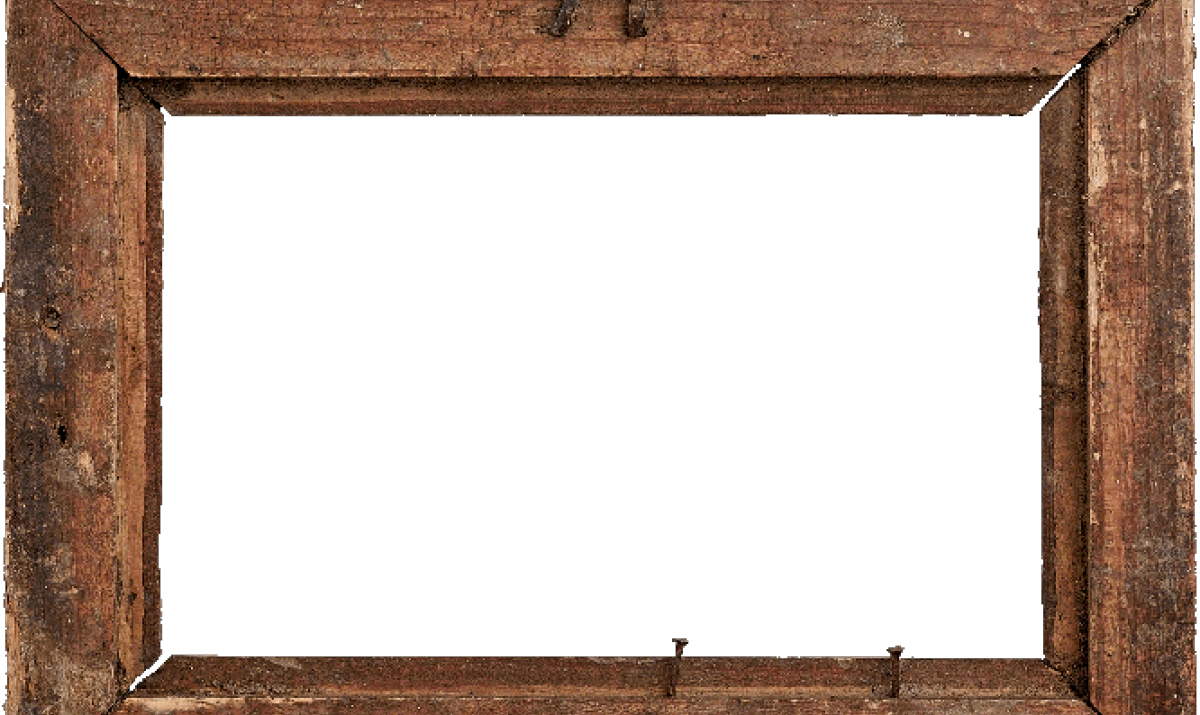
 Nested frame: Any frame that is placed within another frame. Top-level frames: Any frame that is directly on the canvas. For a frame to be a top-level frame, you can't nest it within another frame, group, or object. This creates new hierarchies or relationships: This allows you to combine frames with different properties to build complex interfaces. In Figma, you can create frames within other frames. If you want to adjust the fill and stroke properties of a frame and it's children, you can use Selection colors to view or adjust colors in a mixed selection. Press Shift + Enter to select the parent. Press Shift + Tab to select the previous sibling. Press the Tab key to select the next sibling. Select a child object by using the keyboard shortcut: Enter or Return. Now, you can adjust the properties of the frame itself. In the past, it was possible to adjust the properties of child objects when you selected the Frame. Learn more about parent/child relationships in Figma → Adjust properties of the frame This means that it can control or influence any child objects you place within it. Prototyping: Create interactive prototypes that move between Frames in your CanvasĪ Frame is a parent object. Auto Layout: Add Auto Layout to Frames to create dynamic layouts that respond to their contents. Apply Constraints to objects within a Frame. Constraints : Define how child objects respond when you resize a Frame. Layout Grids: Apply transparent grids, columns, and/or rows to Frames to provide visual structure. You will need to use Frames to use the following features or functions: Effects: Add a shadow or blurs to a Frameįrames allow you to access extra functionality in Figma. Stroke: Add strokes to a Frame to create a border or outline. Fill: Apply a Solid Fill, Gradient, Images (PNG, JPEG, GIF, TIFF and WEBP) to a Frame. Auto Layout: Create dynamic Frames that respond to their contents. Layout Grids: Create guidelines to help with the visual structure to your designs. Clip Content: Hide any objects within the frame that extend beyond the frame's bounds. Corner Radius: Round the corner of a frame to create softer edges. There are a few properties associated with frames. Frames support the following properties. Use the frame selection keyboard shortcut: Tip! You can also create a frame around existing objects, whether it's a single layer or selection of layers. Identify frames by the in the Layers Panel. Click the arrow to expand the section and select a preset from the list.
Nested frame: Any frame that is placed within another frame. Top-level frames: Any frame that is directly on the canvas. For a frame to be a top-level frame, you can't nest it within another frame, group, or object. This creates new hierarchies or relationships: This allows you to combine frames with different properties to build complex interfaces. In Figma, you can create frames within other frames. If you want to adjust the fill and stroke properties of a frame and it's children, you can use Selection colors to view or adjust colors in a mixed selection. Press Shift + Enter to select the parent. Press Shift + Tab to select the previous sibling. Press the Tab key to select the next sibling. Select a child object by using the keyboard shortcut: Enter or Return. Now, you can adjust the properties of the frame itself. In the past, it was possible to adjust the properties of child objects when you selected the Frame. Learn more about parent/child relationships in Figma → Adjust properties of the frame This means that it can control or influence any child objects you place within it. Prototyping: Create interactive prototypes that move between Frames in your CanvasĪ Frame is a parent object. Auto Layout: Add Auto Layout to Frames to create dynamic layouts that respond to their contents. Apply Constraints to objects within a Frame. Constraints : Define how child objects respond when you resize a Frame. Layout Grids: Apply transparent grids, columns, and/or rows to Frames to provide visual structure. You will need to use Frames to use the following features or functions: Effects: Add a shadow or blurs to a Frameįrames allow you to access extra functionality in Figma. Stroke: Add strokes to a Frame to create a border or outline. Fill: Apply a Solid Fill, Gradient, Images (PNG, JPEG, GIF, TIFF and WEBP) to a Frame. Auto Layout: Create dynamic Frames that respond to their contents. Layout Grids: Create guidelines to help with the visual structure to your designs. Clip Content: Hide any objects within the frame that extend beyond the frame's bounds. Corner Radius: Round the corner of a frame to create softer edges. There are a few properties associated with frames. Frames support the following properties. Use the frame selection keyboard shortcut: Tip! You can also create a frame around existing objects, whether it's a single layer or selection of layers. Identify frames by the in the Layers Panel. Click the arrow to expand the section and select a preset from the list. 
Choose presets for popular device and assets templates:.Use the dropdown in the right sidebar to select a frame preset.Click and drag in the canvas to create a frame with custom dimensions.Click in the canvas to create a default frame with 100 x 100 dimensions.Then you can create a variety of frame sizes in the canvas: There are a few ways to select the frame tool: Create framesĬreate frames in the canvas using the frame tool.

This allows to create more complex design that work together.įrames also give you access to extra functionality, like Layout Grids, Auto Layout, Constraints, and prototyping. Unlike traditional artboards, you can also nest frames within other frames. Like artboards, frames allow you to choose an area of the canvas to create your designs in. If you've used design tools before, you'll be familiar with artboards. If you're designing for a specific device or screen size, you may want to create a container for your designs. In Figma, you can add layers directly to the Canvas. Anyone with can edit access to a file can create and edit frames.







 0 kommentar(er)
0 kommentar(er)
